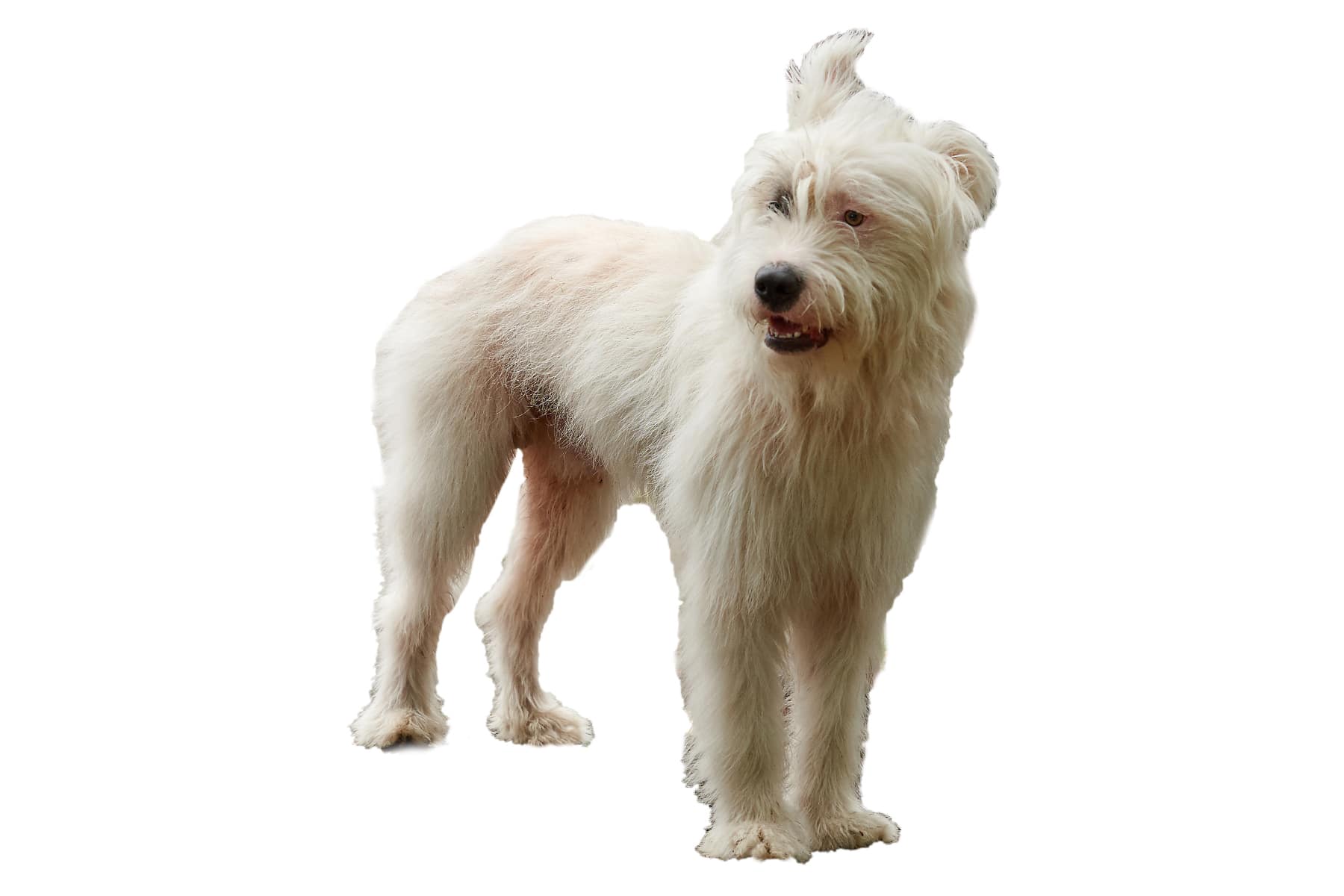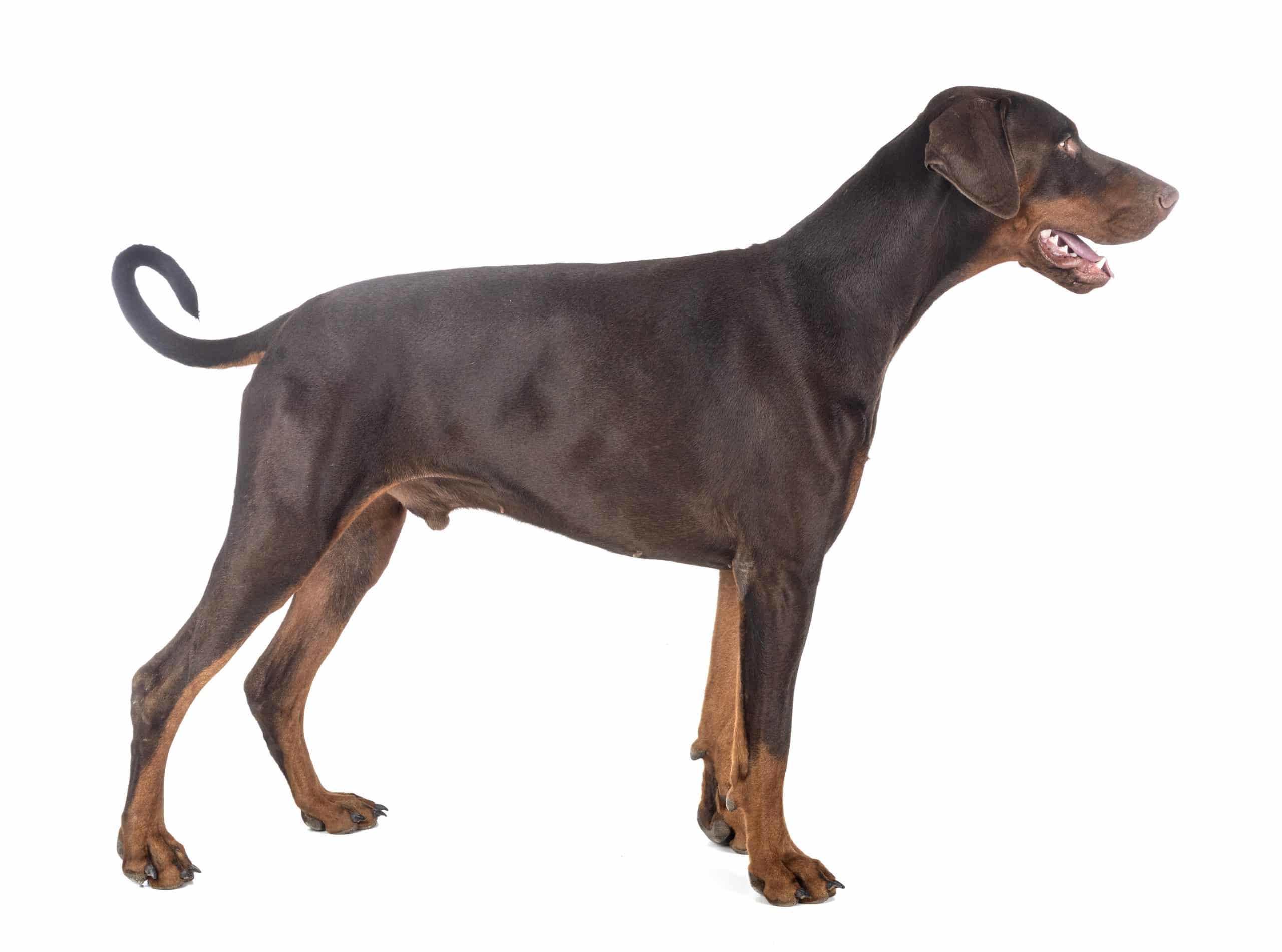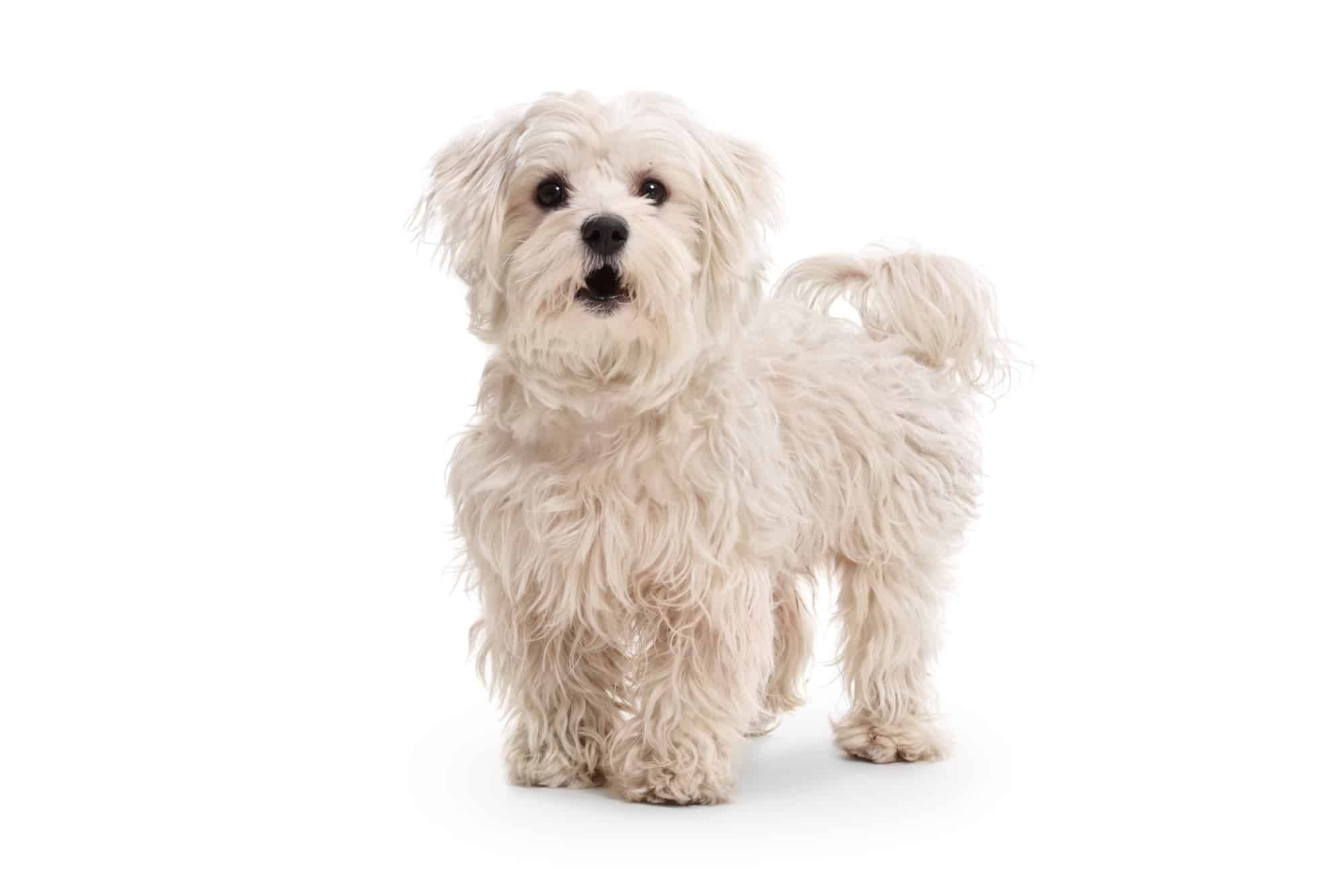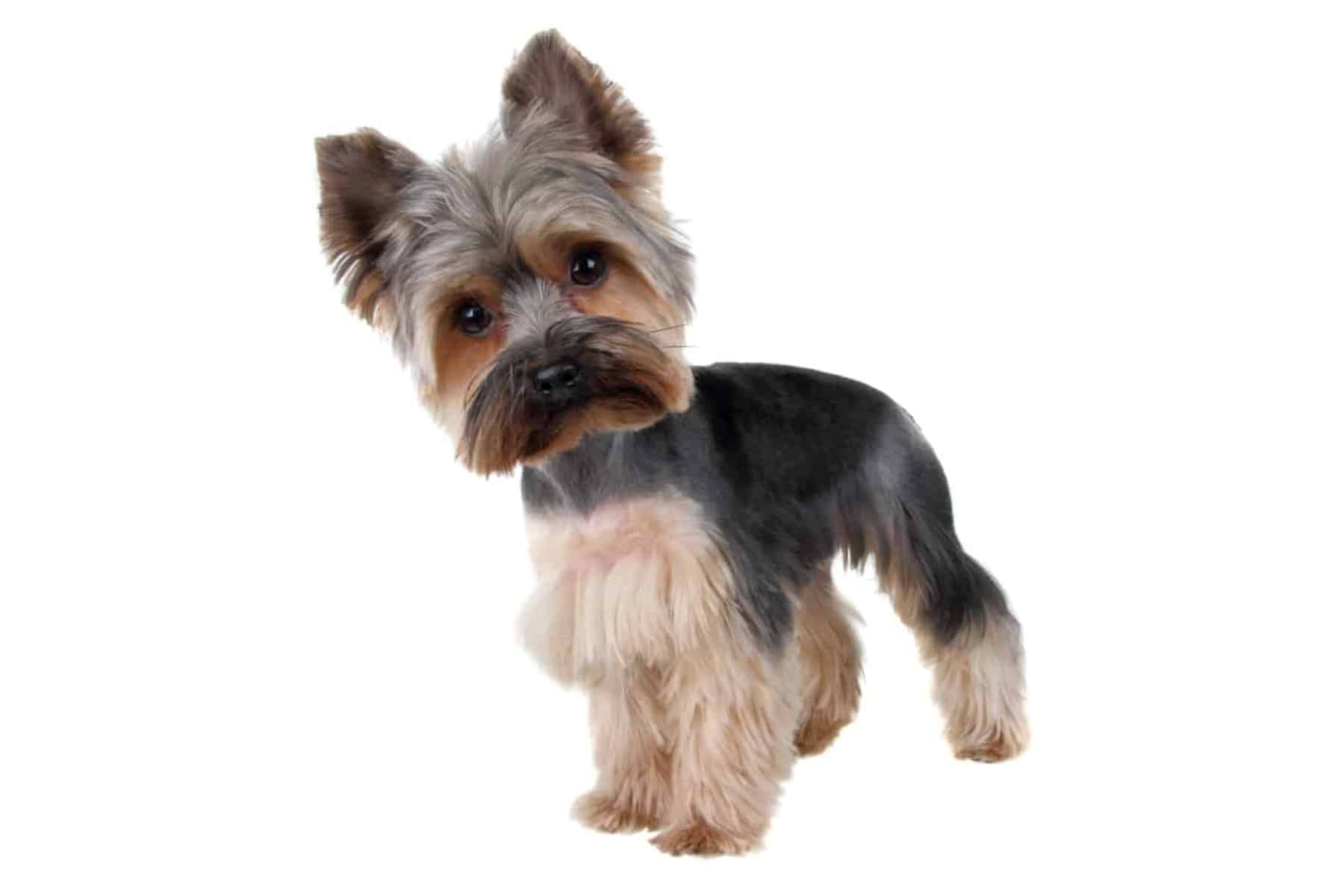Jack Russell Terrier
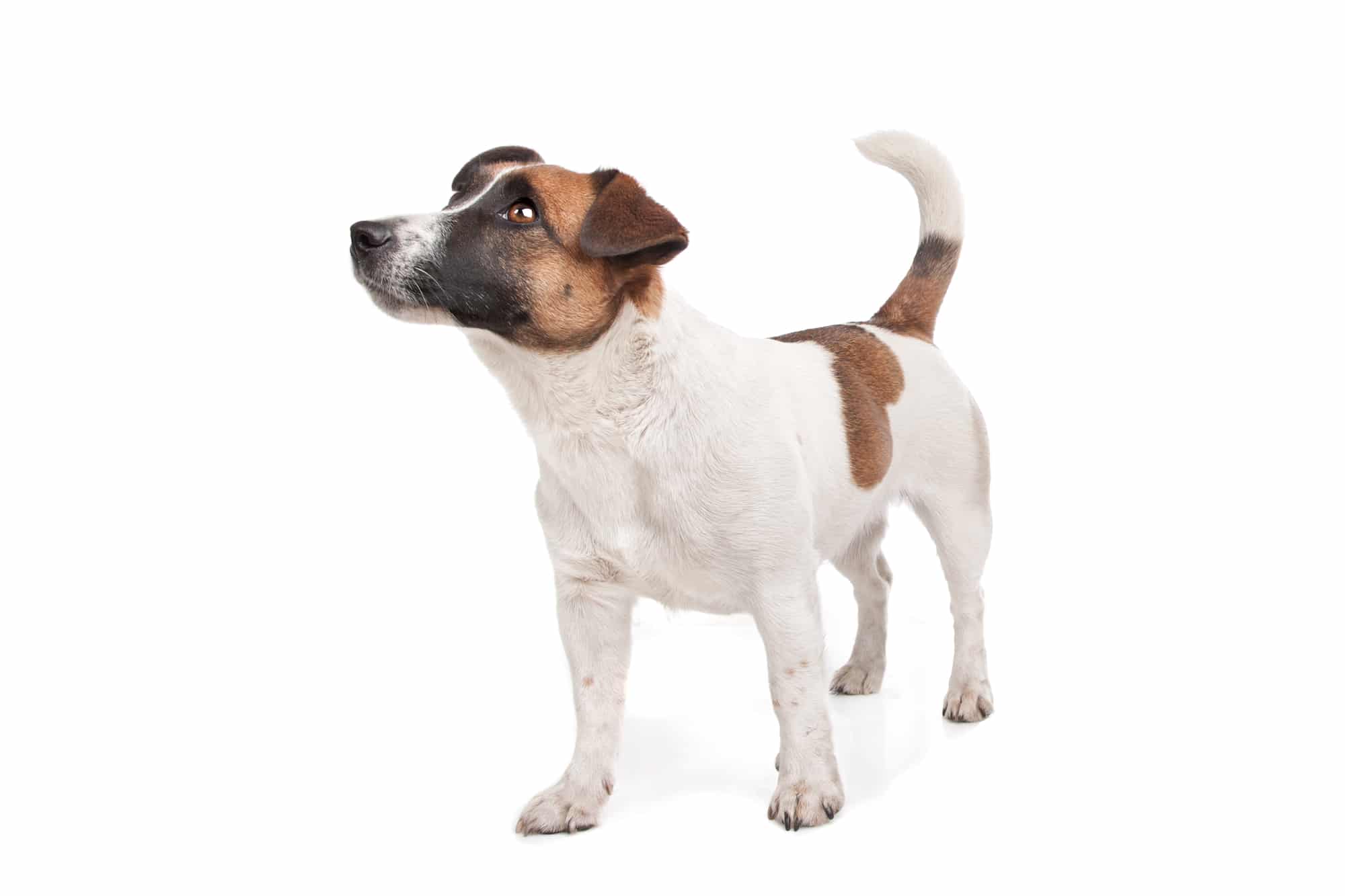
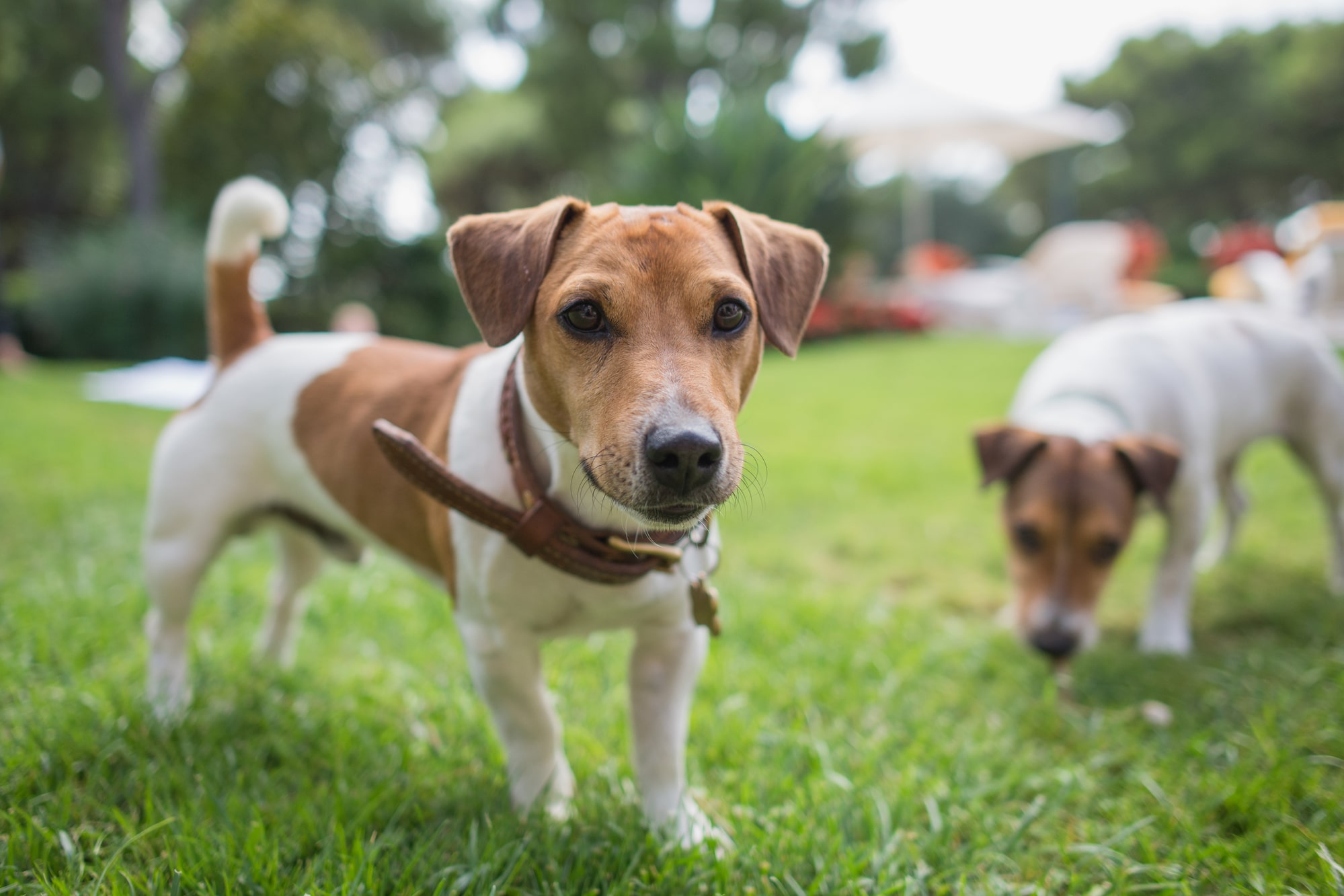
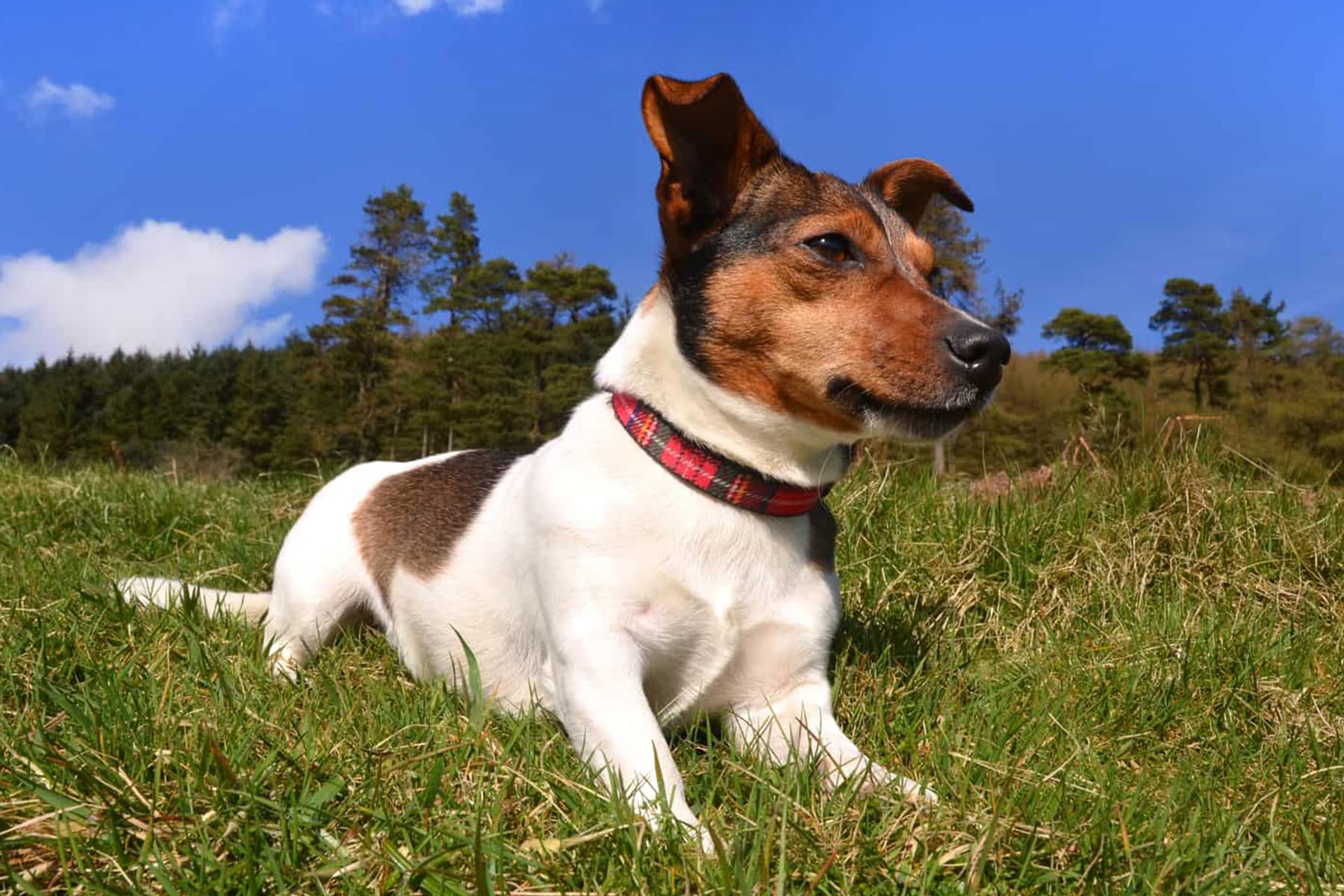
Temperament:
Bred for foxhunting, the Jack Russell Terrier is recognized as a pedigree dog according to FCI Standard No. 345: Group 3 and originally comes from Great Britain. The breed was further developed in Australia. The terrier, also affectionately known as Jacky, is suitable as a companion dog. However, it is also a lovely playmate for families with children if trained consistently.
Characteristics
The Jack Russell Terrier can have a rough, smooth or bristly coat. The main color of the pedigree dog must be predominantly white. The patches must be brown, black or light reddish-brown. The height at the withers is between 25 and 30 cm. The weight is 5 to 6 kg. The ideal weight is 1 kg per 5 cm of height.
The terrier's body is slightly longer in relation to its height and appears rectangular. The Jack Russell Terrier's flexible hanging ears are of good texture. The strong loin is muscular. The chest, which is deeper than wide, has a circumference of about 40-43 cm.
The head becomes narrower from the top towards the eyes. The skull is flat and not very broad. The black nose is typical of the pedigree dog. The white blaze on one side of the bridge of the nose is characteristic. It often runs asymmetrically from the nose to the eyes and ends on the forehead.
The lips are tight-fitting and black pigmented. Although the terrier is a small dog, it has a strong jaw with strong teeth. The almond-shaped edges of the eyelids should also be black pigmented. The eyelids are tight fitting.
The tail is drooping at rest and erect when moving. The round paws with hard pads are neither turned in nor out. The Jack Russell Terrier has paws with slightly arched toes. His gait is springy and straight.
The agile Jack Russell Terrier is characterized by a good temperament. As a strong, small working animal, it is still valued today as a companion dog for hunters or riders. The intelligent Jacky is a real ray of sunshine. He conquers hearts with his lovable and friendly nature and loves to cuddle.
He is considered a lively and cheerful contemporary. His love of exercise is well known among dog lovers. His battery is always running at full speed. He loves digging and burrowing in the garden. Jacky is a powerhouse.
The docile terrier loves children if they show the necessary respect. He loves going for walks and swimming. He needs an active owner who likes to exercise and spend a lot of time with him.
He is most capable of learning when he is young and has not yet received the wrong training. However, an experienced owner can also re-train an adult Jack Russell well. If the terrier loves its owner, it will obey quickly. Training should start from day one.
Coat care:
Shedding:
Energy level:
Trainability:
Children suitable:
The right food
When choosing food, make sure that it contains high-quality ingredients, is balanced and meets your dog's requirements. Age, size or weight, activity and health status play an important role. You should follow the manufacturer's recommendations for the amount of food.
Treats should only be fed in moderation and deducted from the basic diet to avoid obesity.
Puppies can be fed 4-6 times a day. The number of meals should be gradually reduced to 2 per day until the dog is fully grown. A rest period should be observed after meals.
Fresh drinking water should be available at all times.
Health & Care
The coat of the Jack Russell Terrier is short and easy to care for. It has little undercoat and does not need to be heavily trimmed. For smooth-haired Jack Russell Terriers, a rubber trimmer is sufficient to remove the old coat.
For the rough-haired terrier, you need a blunt trimming blade. You can also buy a pumice stone from the drugstore and work with it. You can also trim the coat against the grain. Start at your dog's back and work your way to the tail. Then trim the legs and finally the head. Be careful on the inside of the hind legs and on the belly! Your Jacky is very sensitive there. If you are afraid of doing something wrong, make an appointment with the groomer every six weeks.
The coat is the dog's natural protection and the skin has a natural protective layer of fat that must not be damaged. If your Jacky comes home dirty, first dry him off with an old towel. The coat must dry, then you can brush out the dirt.
Daily care includes checking the eyes and droppings (two to three times a day) for parasite infestation, worms and consistency.
The weekly grooming includes cleaning the ears, checking the teeth for plaque and checking the paws for foreign bodies and inflammation.
The claws should be trimmed occasionally. The independent abrasion of the claws depends on the surface and the movement of the dog.
Suitable accessories
You need a comfortable, well-fitting collar for your Jacky. A harness that does not rest against the neck and can be fastened behind the front legs is best. Jack Russell Terriers are fast and pull. Training on the lead is particularly important for puppies. Right from the start, your terrier must learn to walk to your left and beside you, not in front of you.
Jack Russells love cozy baskets that are not too open. He will love a dog cave for medium-sized dogs. For rainy weather, manufacturers offer rainwear for dogs. However, if you rub him dry after a walk and let him go into the warm house, this is not necessary.
Jack Russell Terriers love all kinds of games. The main thing is that they can move. They are persistent when running, their battery is rarely empty. The terrier is very social and enjoys playing with other dogs. They get on well with all other breeds. They enjoy swimming or going to the dog playground. As he is a hunting dog, he also likes to fetch sticks or balls. He likes to fetch.
Other accessories that are part of every dog's basic equipment: water and food bowl, tick tweezers, claw clippers, mild dog shampoo, brush and comb, toothbrush and toothpaste for dogs, transport box for transportation in the car and a first aid kit. Ask your vet what belongs in the first aid kit.
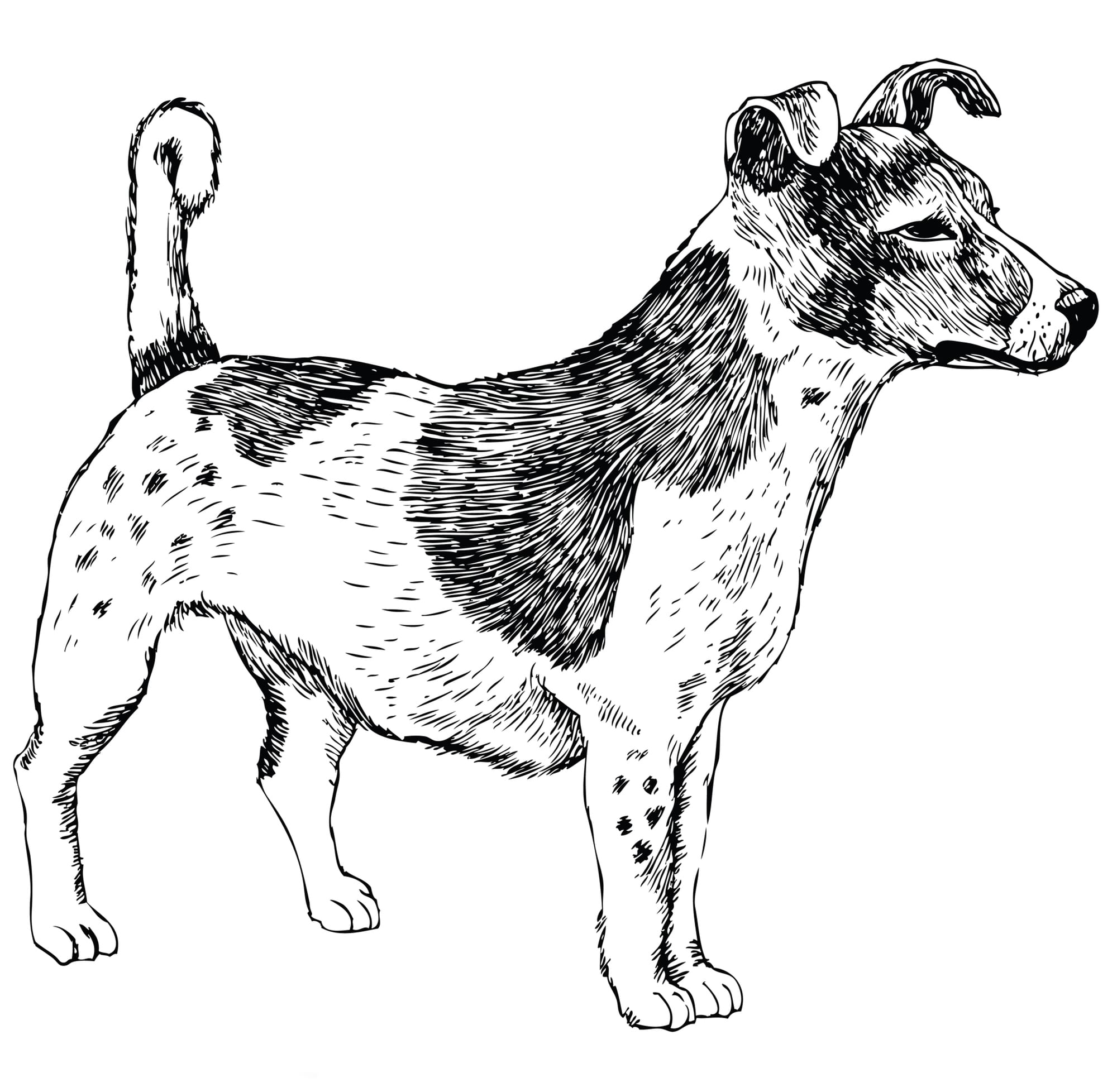
Origin & History
The Jack Russell Terrier was named after and bred by the Reverend John Russell, known as Jack. The British clergyman bred a fox terrier that could fetch prey and foxes from their underground holes. He came from Darthmouth in Devon. During his studies at Oxford, he acquired the dam of the Jack Russell Terrier and the Parson Russell Terrier. Her name was Trump.
Russell was looking for terriers with the characteristics he preferred. Through crosses with fox terriers, which he bred, the reputation of these dogs preceded their achievements. This is why they were named after their breeder, Jack Russell. He continued to attach great importance to the working performance of his terriers. Color and other characteristics were only of secondary importance to him, while the fox terrier had already become a fashionable dog.
Much later, a second Russell Terrier was bred from the Jack Russell Terrier. The Parson Russell Terrier, which also owes its name to the Reverend (=Parson) Russell. Both breeds are recognized by the FCI.
Jack Russell, a founder member of the Kennel Club in 1873, died ten years later at the age of 87. He left us a wonderful legacy. The Jack Russell Terrier, which is popular all over the world today.
His successor Arthur Heinemann took over the Jack Russell kennel and also trained the dogs for badger and otter hunting. After his death in 1930, his dogs were distributed to various breeders.
From around 1820, this small terrier was also used for fox hunting in Australia. Today, Australia represents the Jack Russell Terrier in the FCI as the patron country.
From 1850 onwards, the Jack Russell became more and more widespread in Australia. Its importance in hunting, especially fox hunting, increased. It fitted into every den that the Australian foxes preferred. Its low height made it the ideal dog.
